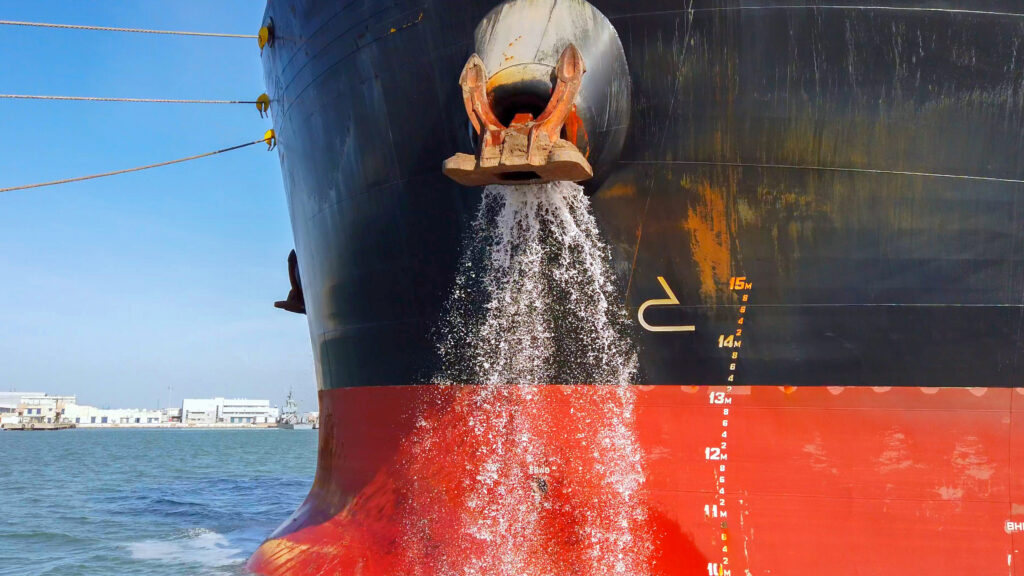Ballast Waters
The Problem
Ships’ ballast waters (BW) are a recognised vector through which potentially invasive organisms are released into the environment. The introduction of allochthonous species into new ecosystems can displace established communities and cause very profound changes in the new ecosystem, causing severe losses of biodiversity and other natural and unnatural damage. Ballast water discharges from one harbour to another may cause dramatic damage in the global ecosystems due to contamination by foreign species. The International Marine Organization (IMO) has attempted to mitigate the problem by proposing a new regulation (D-1 and D-2 IMO 2004). The International Convention for the Control and Management of Ship’s Ballast Water and Sediments (IMO, 2004) came into force in 2017. It establishes the maximum accepted limits on contents of bacteria, algae, and zooplankton in ballast water before discharging in new areas by implementation of recommended water treatment procedures. D-2 compliance standard requires that discharged water does not have exceeded limits of total phytoplankton below 50 micron size, zooplankton and toxicogenic bacteria as Vibrio cholera, Escherichia coli and intestinal Enterococci.
The typical method of analysis is to use standard culture, fluorimetry or microscopy, all laboratory methods to quantify specific bacteria or phytoplankton with sufficient reliability to meet regulations, but such methods provide only a few millilitres for each test and take between 1 and 12 days to get the results.

The Solution
Sixsenso systems offer rapid specific detection, screening and counting, of target microorganisms in water by genetic labelling and reading taking between 30 minutes and 3 hours for the enhancement of your microbiological assessment in water in two main aspects:
- Increasing the representativeness and statistical relevance of the measurement by analysing several litres of water
- Reducing the time between the sampling and test results.
Objectives of the ongoing project:
· To develop a system prototype to rapidly and in-situ assess IMO-D2 standard microorganism indicators including E.Coli, Enterococci, V.Cholerae and Phytoplankton.
· To characterize port water and ballast water matrices to optimize sample concentration and labelling protocols.
· To validate the solution by a third party PML Applications Ltd. i) Analysing real water from Port de Barcelona and real water from Plymouth Harbour plus ii) analysing ballast water from their ships; Covering different water matrices with different salinity, turbidity, and temperature.
· To define the actions through homologation and certification in collaboration with PML Applications Ltd.
Supported by:


